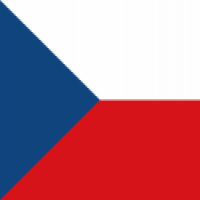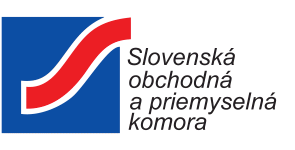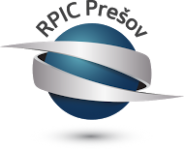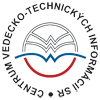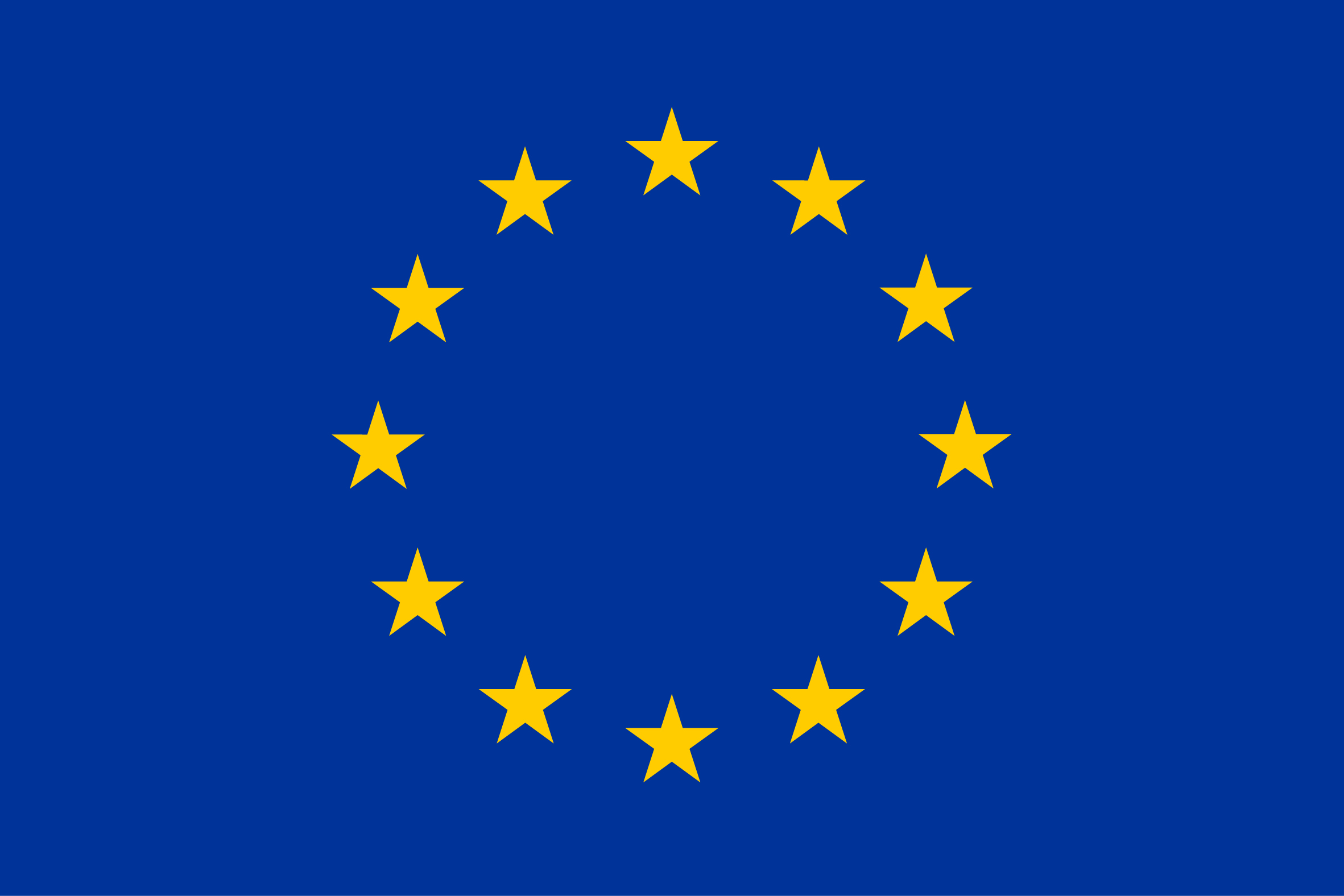Summary:
Researchers from a Czech university have developed and successfully tested a mobile orthosis cooling system for temperature reduction of the body segment or joint. The core of the proposed solution lies in Peltier thermocouple modules placed on a tactile metal cooler taking away the heat from the tissue under the mechanical parts of orthosis. The modules can be located on commonly used orthoses.The researchers are looking for cooperation with a company interested in a licensing agreement.
Description:
Cryotherapy in medical history has been used as a treatment post joint or segment surgery. The effects of cryotherapy treatment were examined on patients and resulted in the reduced consumption of the medication prescribed. Numerous studies also prove that cold therapy is responsible for the reduction of pain-relieving medication. There are two therapeutic methods to cool the body segment or joint. The first is cooling under running water through the orthosis. The second approach is to apply cold, or even ice compresses or bandages onto the orthosis.
Nowadays, some commercially available cryotherapy systems are available: system currently used consists of several components and involves a cooling reservoir filled with either: water and ice or a special antibacterial gel. At present, no orthosis cooling system capable of cooling the joint and adjacent tissue while maintaining a temperature below ambient for an extended period is available. Another limiting factor of the systems currently used is the length of the cooling effect or the pre-cooling of the medium (source) in the refrigerator/freezer or under cold running water.
The Czech university researchers offer mobile orthosis cooling system based on Peltier effect which can be located on commonly used orthoses. The core of the proposed device lies in Peltier thermocouple cooling modules placed on a tactile metal cooler taking away the heat from the tissue under the orthosis. The modules can be positioned in such a way that enables the optimal cooling effect to be achieved in the problem area of the body segment. The absorber (cold side of the thermocouple) exploits full contact with the tactile cooler between the orthosis and cooled tissue (contact surface).
The radiator (hot side of the couple) is equipped with a finned aluminium cooler with a fan. The ambient air flowing through the cooler´s ribs conducts the heat accumulated on the thermocouple emitter away, thus serving as a cooling medium. The temperature is measured by two platinum temperature sensors, one on the radiator side, the second on the absorber´s side.
The control unit allows for connection and control of up to 4 thermocouple modules. Each module can be controlled separately, or all modules connected can be controlled at a single time. It is possible to set the total cooling intensity or the individual cooling intensity of each thermocouple module. Alternatively, it is also possible to preset the temperature on the absorber side of each thermocouple or the average temperature of the tactile cooler.
If required (e.g. when showering or swimming when external cooling is not necessary) the system can be easily disconnected, and the detachable electrical portion of the orthosis can be removed.
The time interval at which the brace can cool the joint depends on several factors. The most influential factors affecting the length operation include: the lithium-based battery’s time, the patient's preset parameters and the ambient temperature.
The researchers are looking for manufacturing partners (e.g. manufacturers of medical devices) interested in a licensing agreement. The subject of the licensing will be know-how (device principle, detailed electrical scheme and control diagram etc.) as well as know-how for manufacturing of the mobile orthosis cooling systém.
Type (e.g. company, R&D institution…), field of industry and Role of Partner Sought:
The university would like to conclude a license agreement e.g. with a partner manufacturing disclosed medical device. A partner is expected to manufacture the invention and market it. The subject of the licensing will be know-how (device principle, detailed electrical scheme and control diagram) as well as know-how for manufacturing of the mobile orthosis cooling system.
Stage of Development:
Prototype available for demonstration
IPR Status:
Patent(s) applied for but not yet granted,Patents granted
Comments Regarding IPR Status:
Patents granted in the Czech Republic
External code:
TOCZ20201007001
